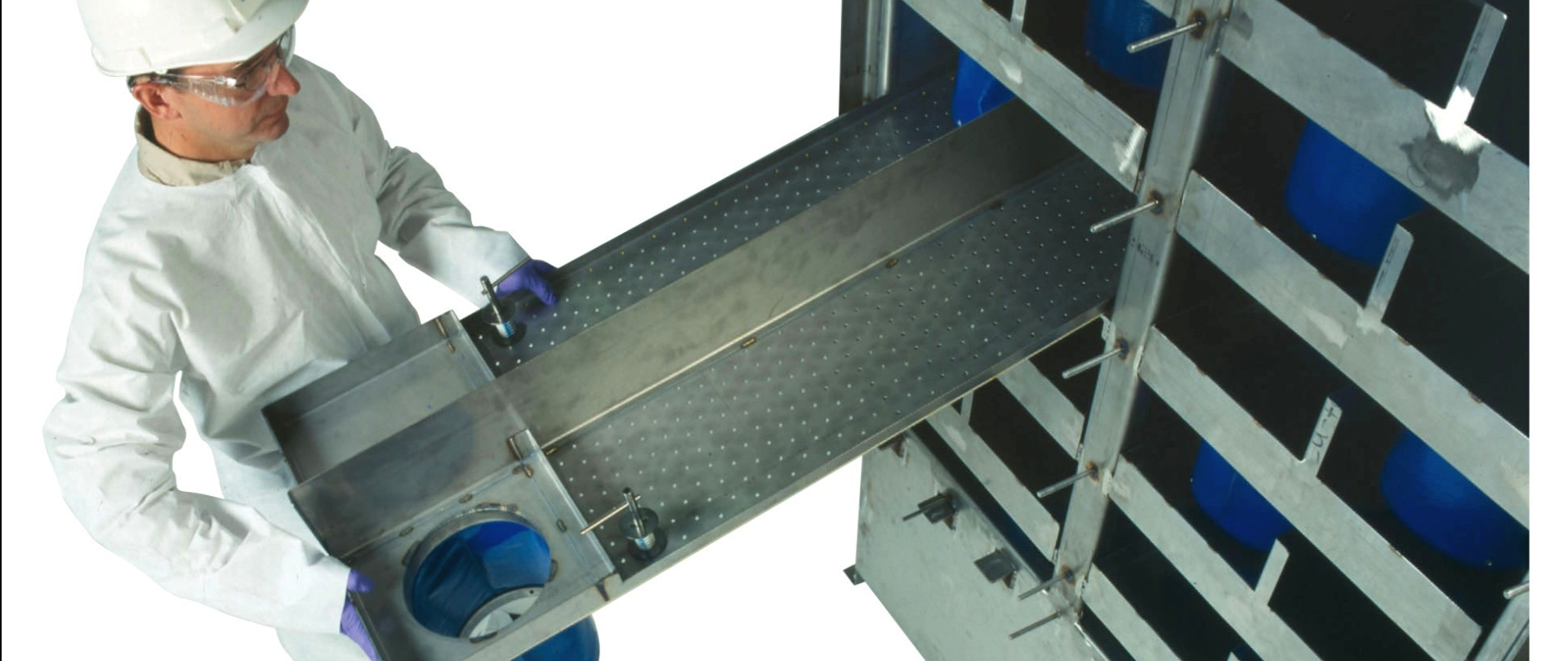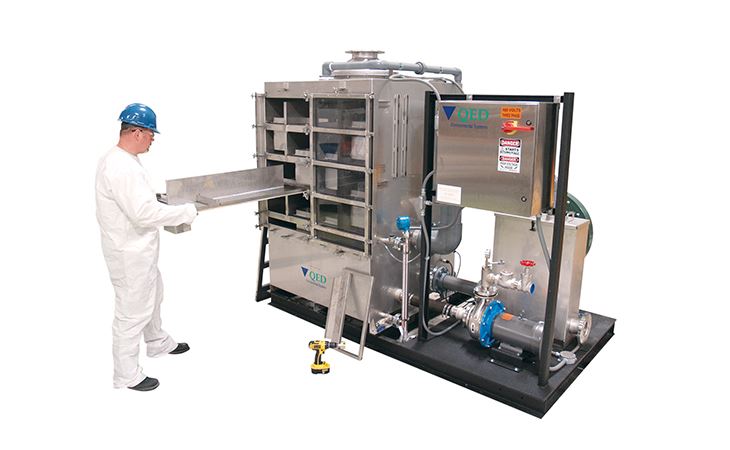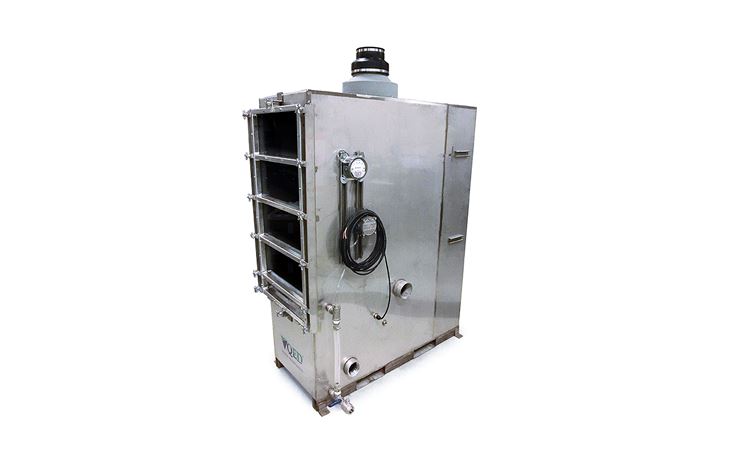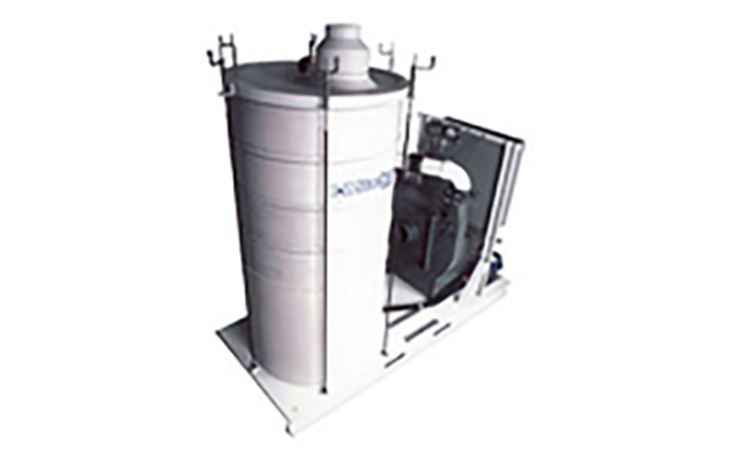Volatile organic compounds (VOCs) are toxins that are controlled by the EPA and are found in both the air you breathe and your drinking water. VOCs come from a variety of everyday household items, including paint thinners and bug sprays. They may get into your water supply through spills and discharge.

Where do VOCs come from?
VOCs are prominent in the atmosphere because they are present in many everyday household products. This includes paint, gasoline, solvents, inks, glues, magic markers, and dry-erase pens, which are just a few examples of products that contain VOCs. A VOC is exemplified by the distinct smell that emerges when the cap of a permanent marker is removed. That scent is a volatile organic molecule that, when exposed to room temperature air, releases into a vaporous state. Spray adhesives, insecticides, furniture, caulking materials, cleaning supplies, and air fresheners are further sources of VOCs.
How do VOCs get in water?
The majority of VOCs are released into the air and water directly by human activity. Volatile organic chemicals leak into the ground when they are not disposed of properly.
Following groundwater infiltration, they can move from aquifers to lakes and reservoirs. Rainfall has the potential to carry them even further, reaching water sources like municipal facilities and wells. Some VOCs are produced as a result of chemical reactions that occur when water is disinfected. VOCs that are aqueous, however, differ slightly from those that are airborne. They lack the distinctive flavour or odour that many airborne VOCs, like gasoline, have. One of three pollutants is most likely present in water that has high levels of volatile organic compounds.
Most common waterborne VOCs:
- Trihalomethane: The most frequent VOC discovered in water is trihalomethane. A result of water treatment is trihalomethane. A municipal water treatment facility will add chlorine to the water to sanitise it before distributing it around the city. When chlorinating water contains organic material, trihalomethane will be produced as a byproduct as the organics and chlorine combine. When municipal water providers chlorinate water from lakes or rivers, this occurs. Trihalomethane is the most frequent VOC found in water due to how widely used this disinfection process is. The same trihalomethane chemical is formed when a private well owner adds chlorine to their well.
- Perchloroethylene (PCE) is a byproduct of solvents. Dry cleaning and industrial sites commonly use PCE as a degreaser. Also, it is found in shoe polish and solvents used to dilute and dissolve inks.
- MTBE is a fuel additive that stands for methyl tert-butyl ether. After it became illegal to mix lead with gasoline, MTBE was used to increase the octane rating of the fuel. After it was widely used, MTBE started to show up in water. MTBE has contaminated vast areas of groundwater and soil due to spills and underground storage tank leaks.
Are VOCs dangerous?
Because there are so many distinct kinds of aquatic VOCs, it is challenging to generalise their risks. A lot of the household goods that emit VOCs have not undergone comprehensive testing to assess the health dangers they represent. However, there is proof that exposure to VOCs has unfavourable impacts. The EPA claims that volatile organic compounds can cause nausea, headaches, loss of coordination, and irritation of the eyes, nose, and throat.
The liver, kidneys, and central nervous system can get damaged because of prolonged exposure. The issue of whether they cause cancer is still up for debate. Other organisms have shown signs of cancer in animals, and some are suspected of doing the same in people.
How do you remove VOCs from water?
VOCs can be effectively removed from water using carbon filters. Since VOCs are organic substances, they contain carbon. The activated carbon filter can capture the VOCs made by carbon thanks to its adsorption abilities. Carbon is the most effective barrier against VOCs in your water.
Numerous different forms, sizes, and uses are available for carbon filters. The VOCs will be eliminated from your refrigerator water if you have a carbon-guaranteed refrigerator filter. You can put carbon filters on your counter, behind your sink, or even as a whole-house filtration system. The drinking water throughout your home will taste much better as a result of the additional benefit of removing chlorine and chloramines.
Make sure your point-of-use drinking water filter is VOC reduction rated before using it. Filtration media will become exhausted by VOCs significantly more quickly than by chlorine. It's crucial to keep the filter's capacity under control for the efficient reduction of volatile organic compounds.
Why Choose Air Stripping?
Why Choose Air Stripping?
The process is simple to operate and the overall cost to treat a volume of water is often the lowest for VOC and dissolved gas removal. The main process unit has no moving parts to wear out, so service life is long.
What Benefits Will I Get?
The main benefit is the low cost. The process is not complex, so a skilled operator is not needed. The air stripper normally runs unattended, needing only periodic cleaning of internal tray surfaces. There is no need to replenish or dispose of any materials, such as with granular activated carbon.
How Do I Do It?
Efficient air stripper devices designed to operate with metered flowing air contacting gravity fed water. Contact QED or use our on-line process model to see how an E-Z Tray or E-Z Stacker air stripper can treat your groundwater contaminants.





